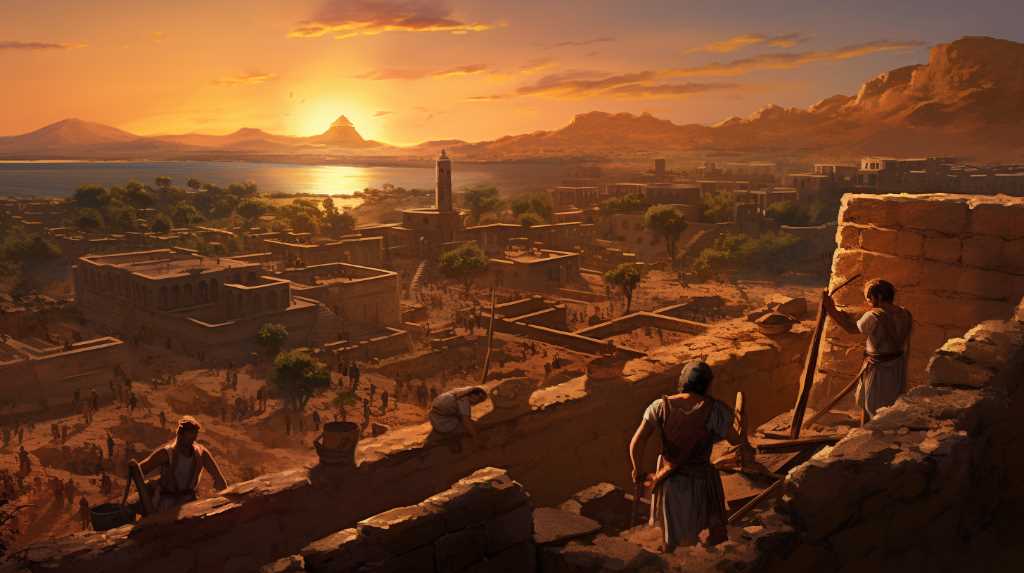
Guardians of the Past: Essentials of Ancient Archeological Site Preservation
You're about to journey into the fascinating world of archaeological site preservation. This isn't just about digging up old relics; it's a fight against time, weather, and human interference.
You'll learn essential techniques, collaborate with experts, and advocate for non-invasive investigations.
You're not just a guardian of the past, you're a preserver of history for future generations.
So, put on your explorer's hat and let's get started.
Key Takeaways
- Archeological sites are not only important for their age or historical significance, but also for the unique stories they tell about the past and the insights they provide into ancient cultures and civilizations.
- Preservation techniques, including stabilization, restoration, and reconstruction, are crucial for safeguarding archeological sites and preventing further decay.
- The application of preservation techniques must be adapted to the specific requirements of each site, taking into account factors such as climate, materials, and historical significance.
- Collaboration with conservation experts, advocacy for non-invasive investigation methods, and partnerships with various stakeholders are essential for the successful preservation of archeological sites.
Understanding Archeological Site Importance
The importance of an archaeological site isn't just about its age or its historical significance, it's about the unique story it tells about our past.
As you delve into the world of archaeology, you'll understand that each site is a treasure trove of knowledge, providing invaluable insights into ancient cultures, civilizations, and lifestyles. They're living, tangible reminders of the journey of humankind.

Each artifact you unearth, each structure you discover, narrates a story, provides a piece of the puzzle that's our shared heritage.
These sites, however, are vulnerable to natural elements, human-induced damage, and time itself. Therefore, it's crucial to preserve them, not just for the sake of science but to honor our ancestors and pass on their legacy to future generations.
Preservation Techniques Mastery
You'll now explore the mastery of preservation techniques, an essential skill in safeguarding ancient archeological sites.
This includes grasping the intricacies of these techniques and tackling the challenges that come with their application.
We'll also highlight the latest innovations that are revolutionizing the way we preserve our historical treasures.
Understanding Preservation Techniques
In mastering preservation techniques, you'll discover that each ancient site requires a unique blend of methods for optimal protection and conservation. You'll need to learn about and employ different techniques, like stabilization, which prevents any further decay, and preservation, which maintains the site's current condition. Restoration and reconstruction are also important; they aim to return the site to a known earlier state.
Moreover, you'll find that keeping meticulous records is vital. Detailed documentation allows for future study and helps maintain the historical context. You'll also need to monitor the site regularly, assessing any potential threats, such as environmental factors or human interference. The ultimate goal is to protect these irreplaceable windows into our past.
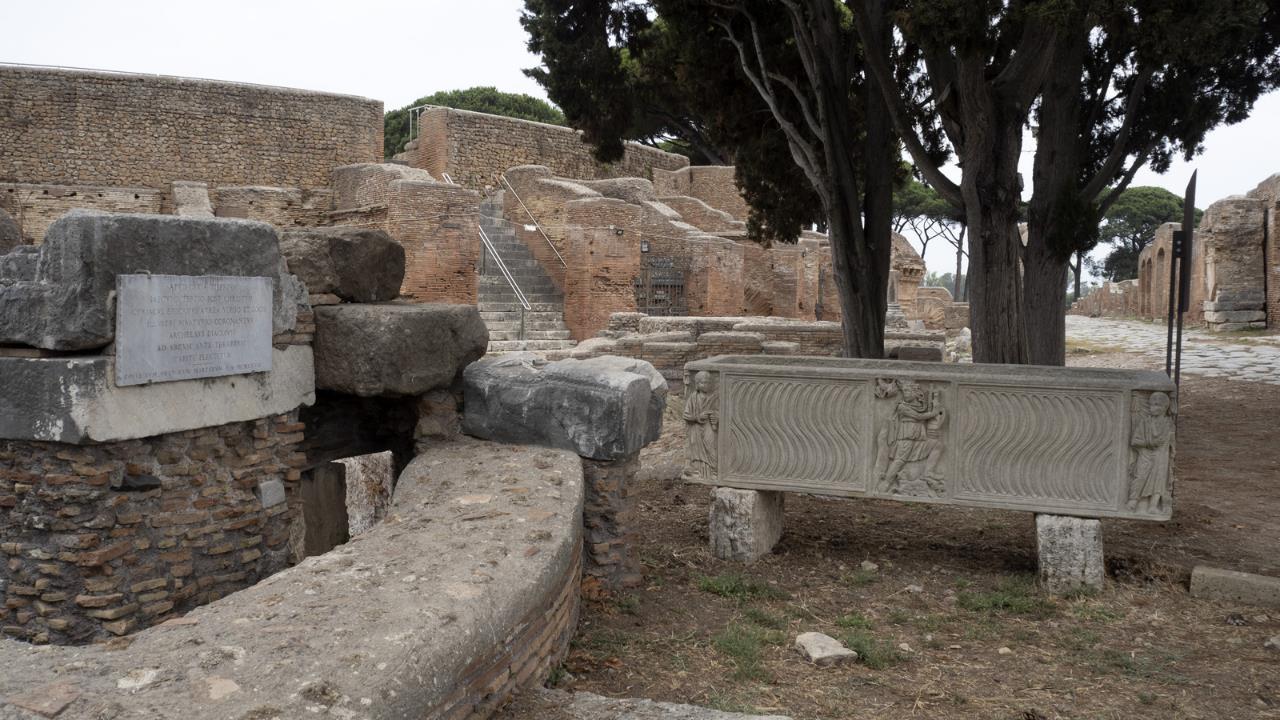
Techniques Application Challenges
While mastering these preservation techniques, you may encounter several challenges in their application due to the unique requirements of each archaeological site. Factors such as climate, site materials, and the site's historical significance all play a role in determining the most appropriate preservation method.
You'll find that one technique may not suit all sites, and a blend of methods could be necessary. Furthermore, ethical considerations should guide your actions. For instance, you must respect the cultural heritage of the site while ensuring its preservation for future generations.
Adapting to these demands requires a comprehensive understanding of preservation techniques and the ability to tailor them to each site's needs.
Stay tuned as we delve into the exciting innovations in preservation, which are set to revolutionize how we protect our past.
Innovations in Preservation
How can you master innovative preservation techniques that are transforming the field of archaeology? The key is to stay abreast of the latest developments and to be open to integrating them into your work.
Consider the following advances:
- Digital Mapping: This technology creates precise 3D models of archaeological sites.
- Remote Sensing: Satellite and drone-based technology that helps identify buried features without disturbing the site.
- Ground Penetrating Radar (GPR): Non-destructive method to visualize the subsurface.
- Preservation of Organic Materials: New techniques are improving the preservation of materials like wood, textiles, and bones.
- Photogrammetry: The process of making measurements from photographs, especially for recovering the exact positions of surface points.
Collaborating With Conservation Experts
To ensure the longevity of ancient archaeological sites, you'll need to work hand-in-hand with conservation experts. These professionals have a deep understanding of preservation techniques, both traditional and innovative. They're trained to identify potential threats to these sites, such as environmental factors or human interference. They can provide detailed assessments and recommendations to mitigate these threats.
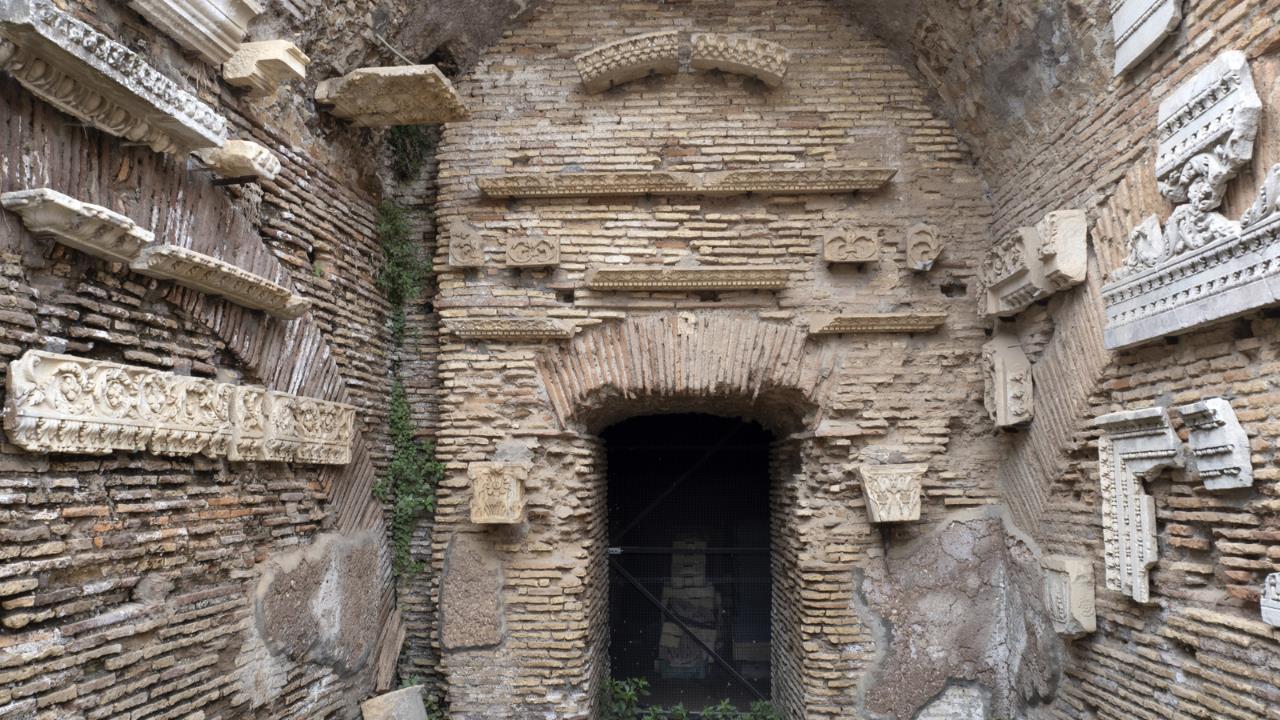
Collaboration with these experts also means access to their extensive network of resources. They can connect you with relevant organizations, aid in securing funding for preservation efforts, or provide training to your team.
Non-Invasive Investigation Advocacy
You're about to understand why the advocacy for non-invasive investigation methods is integral to the preservation of ancient archaeological sites.
The benefits of these methods can't be overstated, as they aid in the protection and longevity of valuable historical locations.
It's also worth noting the pivotal role technology plays in enabling these non-invasive procedures, allowing us to glean knowledge from the past without causing harm.
Benefits of Non-Invasive Methods
You'll find that non-invasive methods of archeological investigation offer numerous benefits, particularly in preserving the integrity and longevity of ancient sites. These techniques, unlike traditional excavation, cause minimal disturbance, allowing us to protect our precious past.
Consider the advantages of non-invasive archeology:
- It's eco-friendly: no digging means no harm to local flora and fauna.
- It preserves the site's original structure: artifacts remain in context for future study.
- It's cost-effective: expensive restoration isn't necessary.
- It provides a comprehensive overview: large areas can be surveyed quickly.
- It uses modern technology: ground penetrating radar, LiDAR, and aerial photography provide detailed data.
In essence, non-invasive methods enable us to learn from the past, while preserving it for future generations.
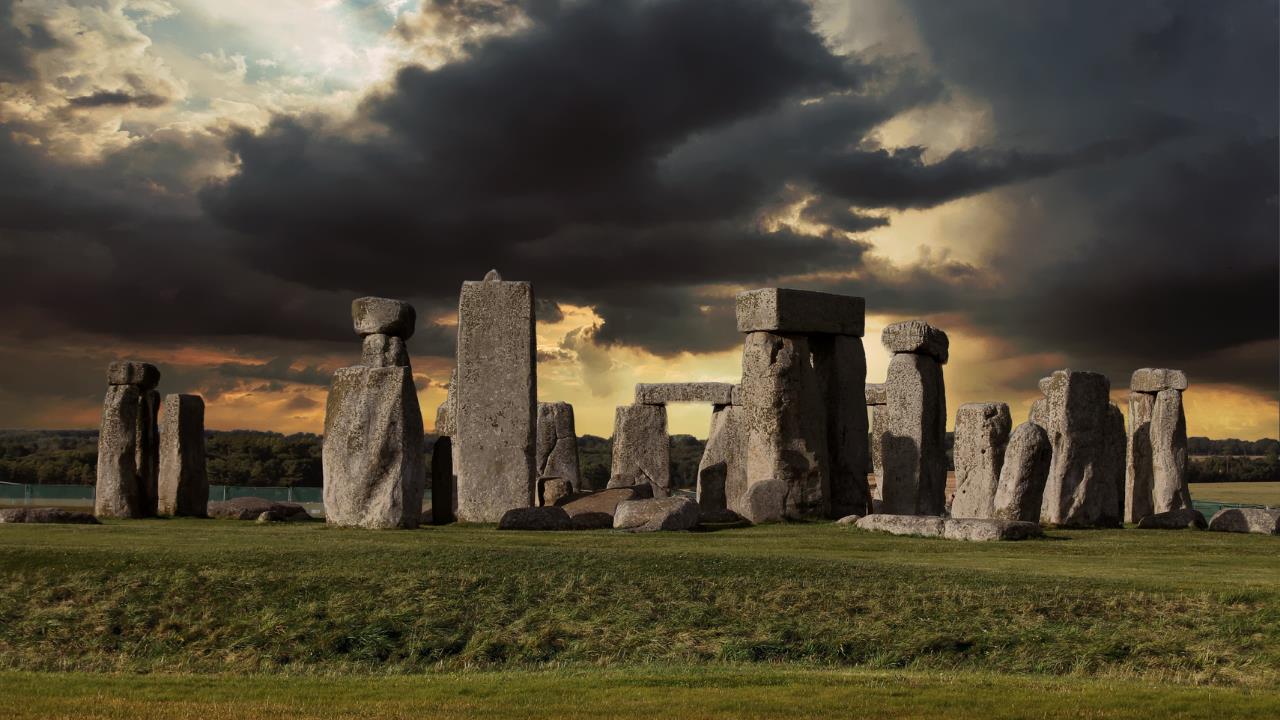
Technology in Site Preservation
Often, you're leveraging advanced technology to preserve ancient archaeological sites without causing any damage. Ground-penetrating radar, for instance, can provide detailed images of what lies beneath the surface, without any destructive excavation. Infrared and aerial photography can reveal hidden structures or patterns invisible to the naked eye. Similarly, Lidar technology, using lasers to measure distance, can map an area in exceptional detail, even through dense vegetation.
You're not just protecting, but also discovering new knowledge about our past. However, the use of technology is just one part of the equation; implementing effective preservation strategies is equally vital. These can range from physical barriers to prevent damage, to legal protections.
Now, let's delve into these prevention strategies.
Implementing Prevention Strategies
To safeguard our precious archeological sites, it's critical that you implement effective prevention strategies. These preventive measures can impede degradation caused by natural elements, human interference, or other unforeseen factors. The following practices are fundamental:
- Implementation of strict access control measures to limit human-induced damage.
- Regular maintenance and repair of protective structures around the site.
- Applying specific chemical treatments to objects susceptible to decay.
- Installation of climate control solutions to mitigate the impact of severe weather conditions.
- Creation of legal frameworks to protect sites from illegal activities like looting.
These strategies ensure the preservation of our priceless history for future generations.
After these preventive measures, the focus then shifts to continuous site monitoring practices.
Continuous Site Monitoring Practices
Once you've set up preventive measures, it's time to kick off continuous site monitoring practices to ensure the ongoing preservation of the archeological site.

You should establish a regular schedule for inspections, including both physical visits and remote surveillance.
You'll need to document every detail, from weather conditions to signs of damage or unauthorized access.
It's crucial to update your preservation plan based on these findings.
You can't just set and forget; you must keep a close eye on the site.
If changes in the environment or human activities pose new threats, you'll need to adjust your strategies accordingly.
Conclusion
As a guardian of the past, it's crucial you understand the significance of archeological sites, master preservation techniques, and collaborate with conservation experts.
Embrace non-invasive investigation methods and implement preventative strategies to safeguard these priceless treasures.
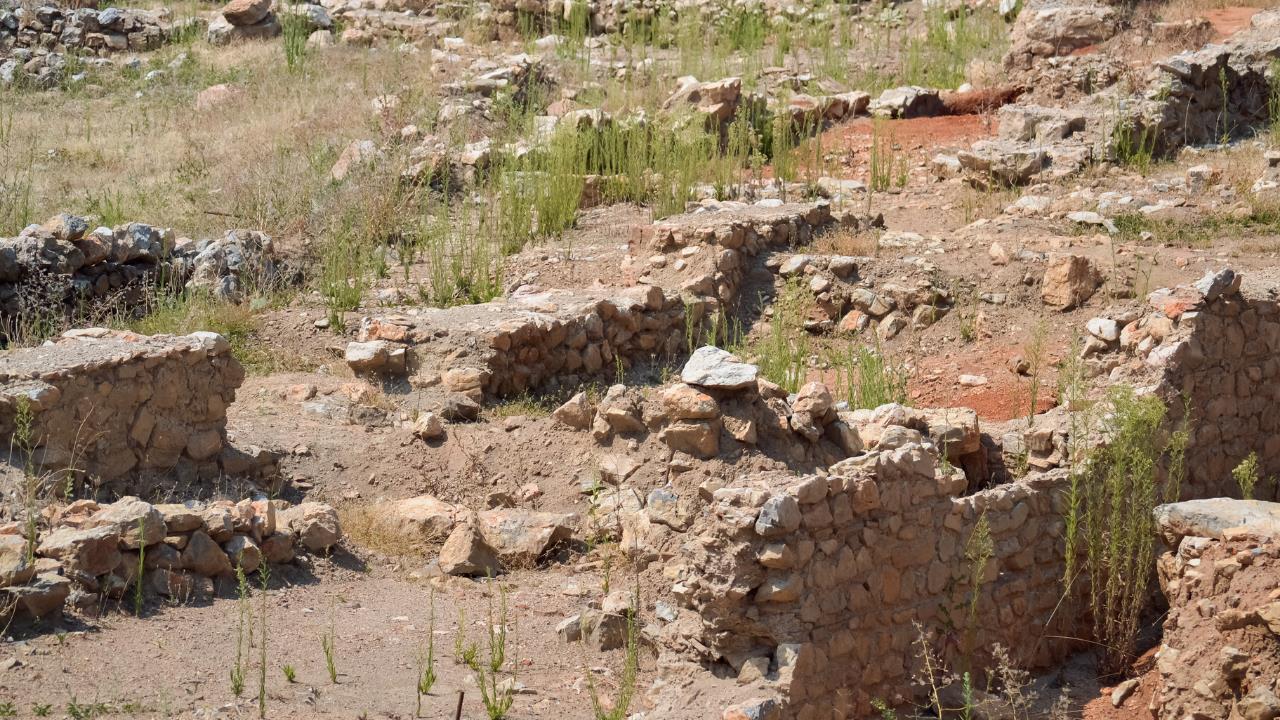
Consistently monitor your site to prevent damage.
Remember, each artifact tells a story - your role is essential in ensuring these stories survive for future generations to learn from and appreciate.
 Backyard GrillingWeekend WarriorsAdvice from DadBeard GroomingTV Shows for Guys4x4 Off-Road CarsMens FashionSports NewsAncient Archeology World NewsPrivacy PolicyTerms And Conditions
Backyard GrillingWeekend WarriorsAdvice from DadBeard GroomingTV Shows for Guys4x4 Off-Road CarsMens FashionSports NewsAncient Archeology World NewsPrivacy PolicyTerms And Conditions
